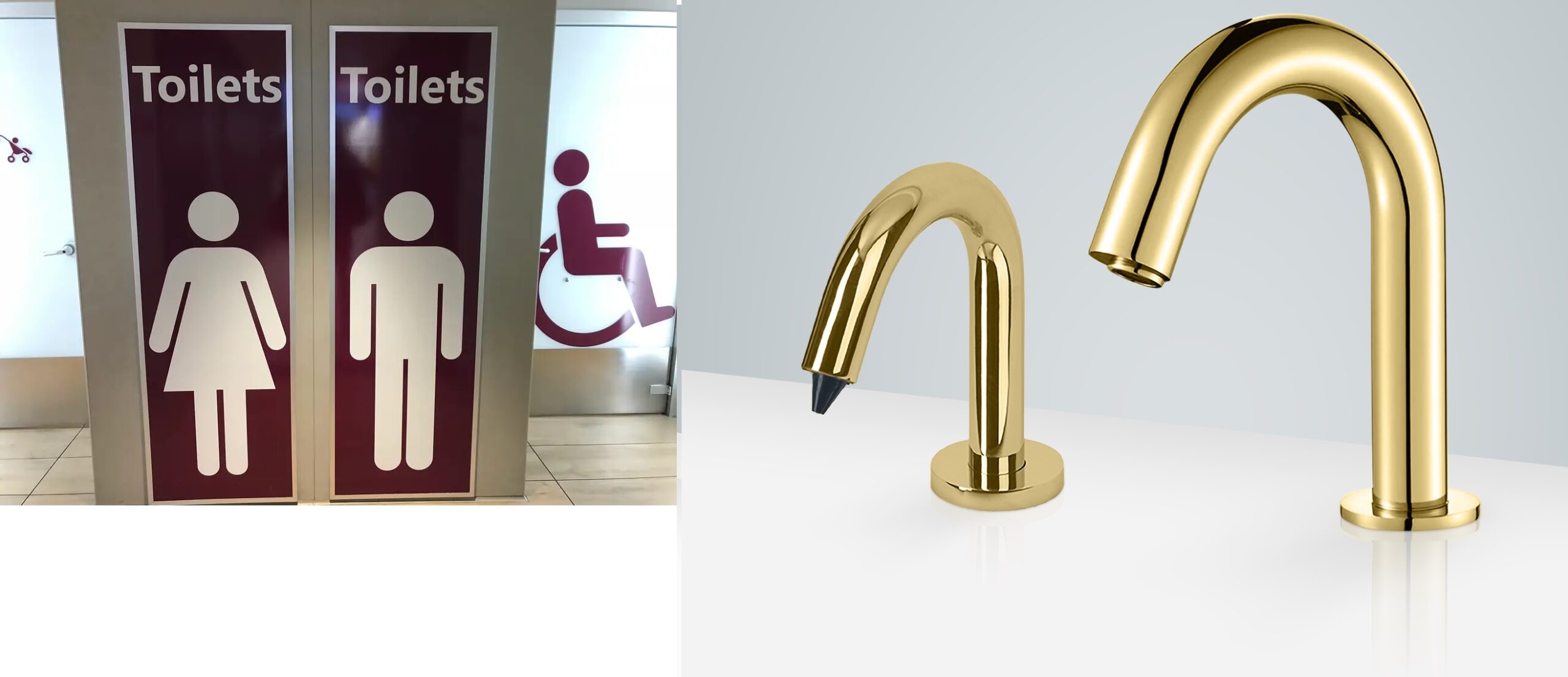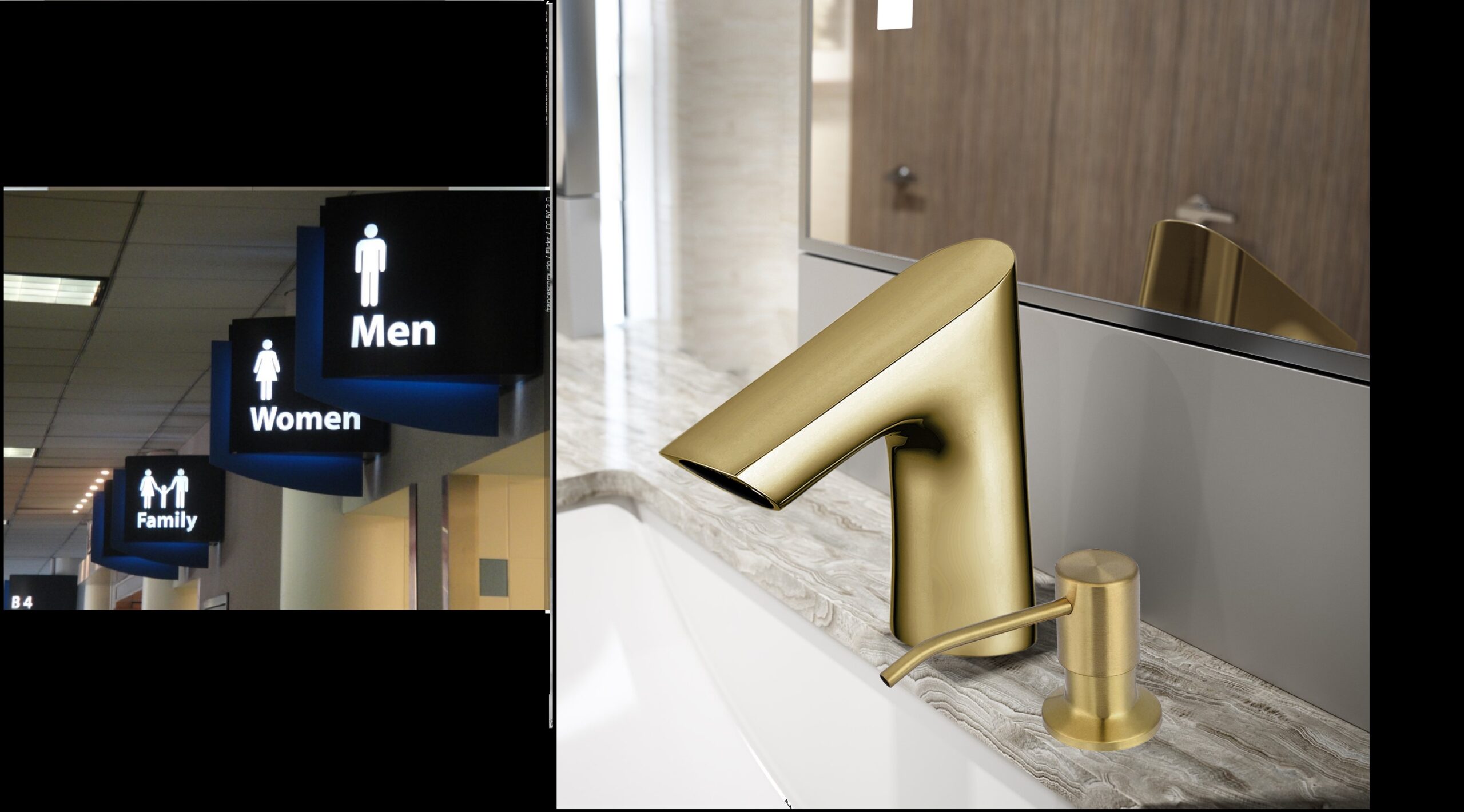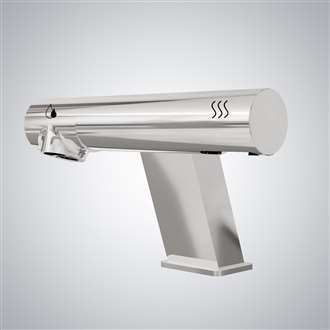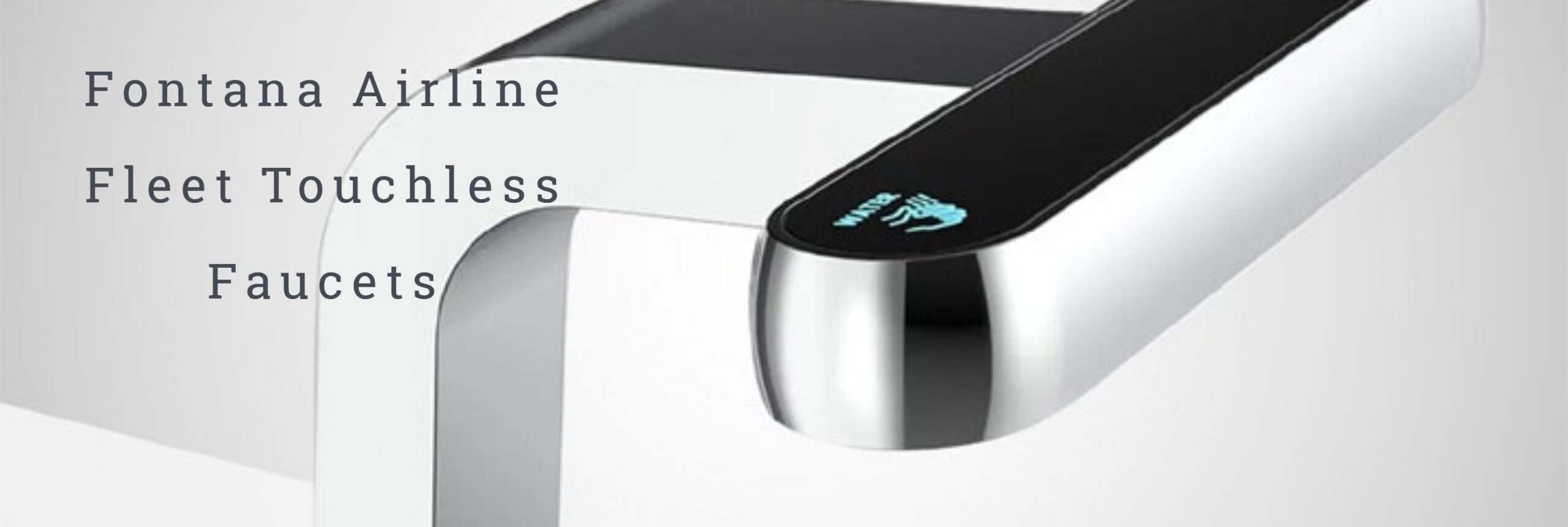Integrating Touchless Faucets, Soap Dispensers, and Dryers into Airline Fleet
Integrating touchless faucets, soap dispensers, and dryers into airline fleets significantly enhances passenger hygiene by reducing physical contact with surfaces, thereby minimizing the spread of germs—a crucial benefit in the confined spaces of aircraft. These systems also conserve resources by controlling the amount of water and soap dispensed, aligning with environmental sustainability goals and operational efficiency. However, the implementation of such technologies involves high initial costs and potential reliability issues, as maintenance of sensor-based systems can be challenging, particularly during flights. Moreover, touchless technologies may inadvertently activate or fail, leading to water wastage and inconvenience. Despite these challenges, the adoption of touchless systems can greatly improve the passenger experience, offering a modern, hygienic, and efficient solution that could set airlines apart in a competitive market:

Pros:
- Enhanced Hygiene: Touchless technology reduces the number of touchpoints, significantly lowering the risk of cross-contamination and the spread of germs, which is crucial in the confined spaces of aircraft.
- Water and Soap Efficiency: Touchless faucets and soap dispensers are designed to dispense a controlled amount of water and soap, which helps in conserving resources and reducing waste. This is particularly valuable for airlines looking to minimize onboard weight and waste.
- User Convenience: These systems provide a seamless and user-friendly experience for passengers, requiring minimal interaction to activate, thus enhancing the overall customer service experience on flights.
- Modern Aesthetic Appeal: The sleek design of touchless systems can modernize the aircraft’s restrooms, aligning with the airline’s branding as forward-thinking and technologically advanced.
Cons:
- Higher Initial Costs: The upfront cost of installing touchless technology can be significant compared to traditional systems. This includes not only the cost of the devices but also the installation and integration into existing systems.
- Maintenance and Reliability Issues: Touchless devices, which rely on sensors and batteries, may face operational challenges such as sensor malfunctions or power failures. Regular maintenance and checks are required to ensure they remain functional, which could increase operational costs.
- Complexity in Repairs: Repairing a touchless system often requires specialized knowledge and parts, which might not be readily available on all aircraft or locations, potentially leading to longer downtimes for repairs.
- Accidental Activation: Sensors might accidentally activate or fail to turn off properly, leading to water wastage—ironically counteracting one of the benefits of their installation.
These factors need to be balanced by airlines when deciding whether to integrate touchless technologies into their fleets. While the benefits in terms of hygiene and efficiency are clear, the economic and practical implications of such an upgrade need careful consideration to ensure that it aligns with the airline’s operational capabilities and service goals.
FontanaShowers Touchless Combos play a crucial role in enhancing hygiene and convenience across various settings, including airline fleets. These combos typically include touchless faucets, soap dispensers, and sometimes even matching dryers, providing a comprehensive solution for hands-free operation. Here’s how Fontana’s Touchless Combos contribute:

- Enhanced Sanitary Conditions: By minimizing physical contact, these combos help reduce the spread of pathogens. This is particularly important in environments like airplanes where space is limited and hygiene is critical for passenger safety.
- Conservation of Resources: The precise control over the amount of soap and water dispensed ensures minimal waste, which is essential in managing limited onboard resources effectively.
- Ease of Use: The touchless nature of these devices means they are user-friendly. Passengers can access hygiene facilities without needing to manually operate taps or soap dispensers, which is especially beneficial in turbulent conditions.
- Integration and Efficiency: These combos are designed to work seamlessly together, which means they can be integrated into an airline’s existing systems with minimal disruption. They are also often part of a larger system that can include centralized monitoring to ensure they are functioning correctly and efficiently.
- Future-Proofing: Fontana’s Touchless Combos are adaptable, allowing for upgrades and integration with new technologies. This makes them a long-term investment for airlines looking to future-proof their cabin designs against evolving health standards and passenger expectations.
Overall, Fontana Touchless Combos are about more than just convenience; they are a strategic investment in passenger health, resource conservation, and operational efficiency. They reflect a commitment to leveraging technology for enhanced passenger experiences and operational excellence in the aviation industry.




